Smolensk, a city better known for its medieval kremlin and its role as a gateway between Moscow and Europe, is also home to one of Russia’s more structured amateur radio branches. The regional division of the Union of Radio Amateurs of Russia is run with an orderliness that would impress even the most methodical contest operator.
Chain of Command
At the top is Alexander Konstantinovich Novikov (R3LA), whose leadership spans both policy and on-air engagement. His deputies — such as Pavel Sergeevich Aleev (RK3LC) and Boris Viktorovich Andreev (RL3LR) — manage a broad council of call signs that reads like an HF roll call: RZ3LA, RV3LO, R3LD, and others. This structure extends into specialist commissions for qualifications, audits, and even the management of diplomas.
Where and When
The branch’s public hours are unapologetically fixed: Fridays from 18:30 to 20:00 at the DOSAAF building on Kirova Street. Those wishing to exchange QSL cards have a one-hour window, starting at 19:00, to make their trades in person. Sundays bring the 09:00 Moscow Time round table on 3.606 MHz, led by RZ3LA, where the week’s propagation, events, and contests are discussed in tones equal parts collegial and competitive.
An Institutional Mindset
From Safonovo to the regional capital, exams are handled “по заявлениям” — by formal request — underscoring a bureaucratic neatness that mirrors the city’s military traditions. Even the repeater listings include the note “Closed,” a reminder that not all resources are simply open-access.
The Smolensk Signature
In a hobby often defined by spontaneity, Smolensk’s approach is almost institutional: fixed schedules, defined roles, and physical presence. For some, it may feel rigid; for others, it offers the kind of reliability that keeps a community coherent over decades — much like the kremlin walls that still watch over this ancient city.

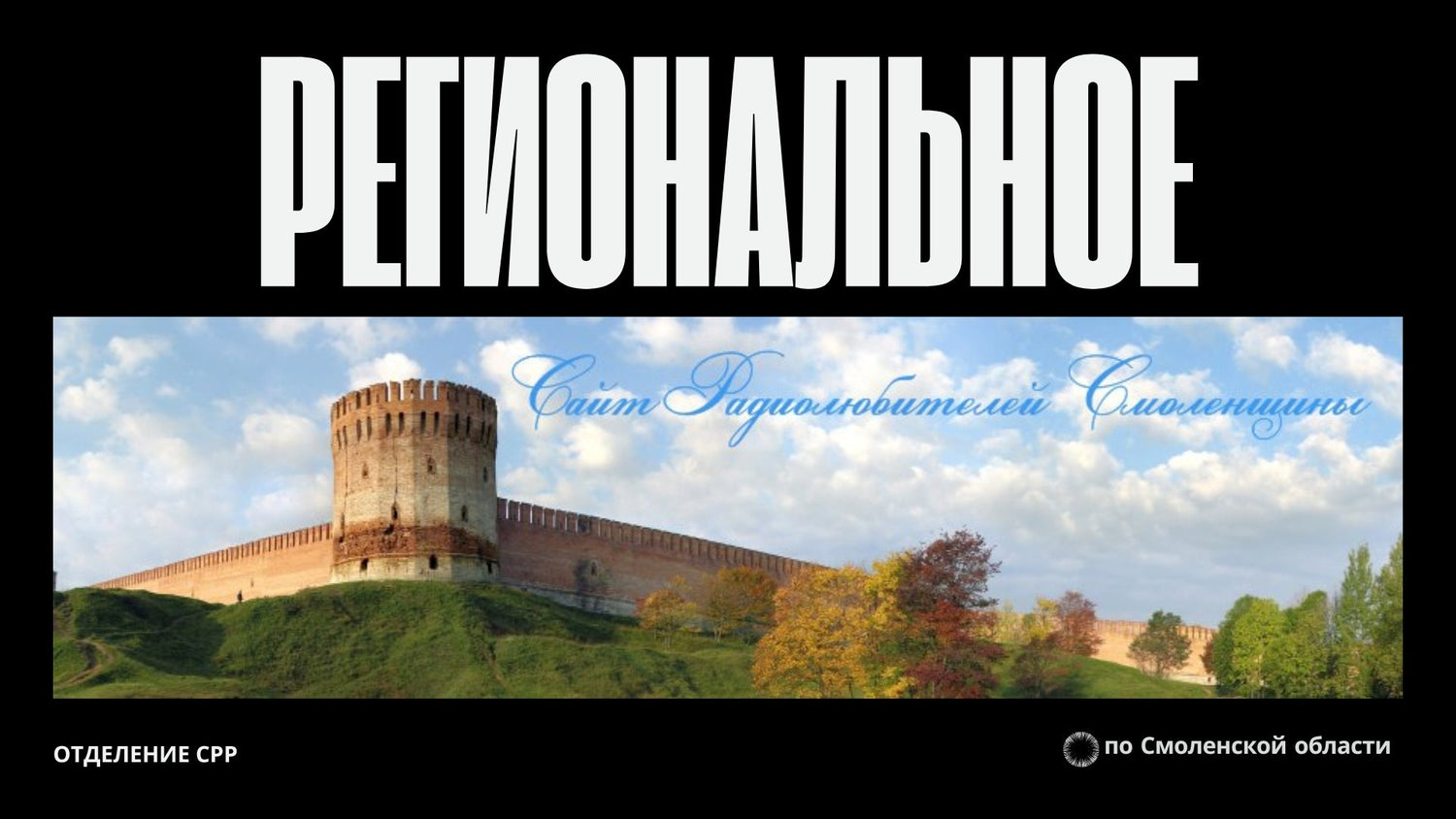
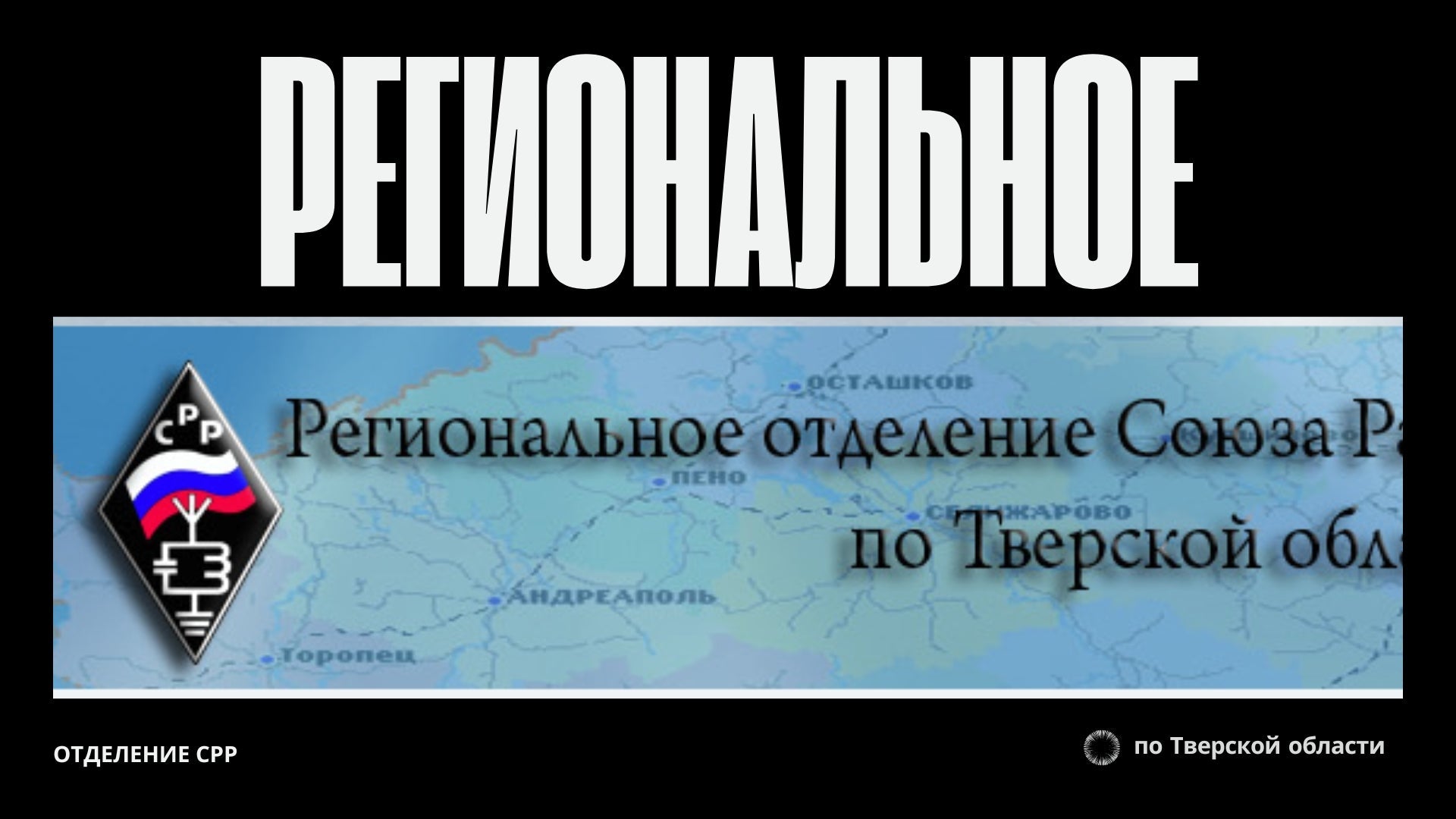
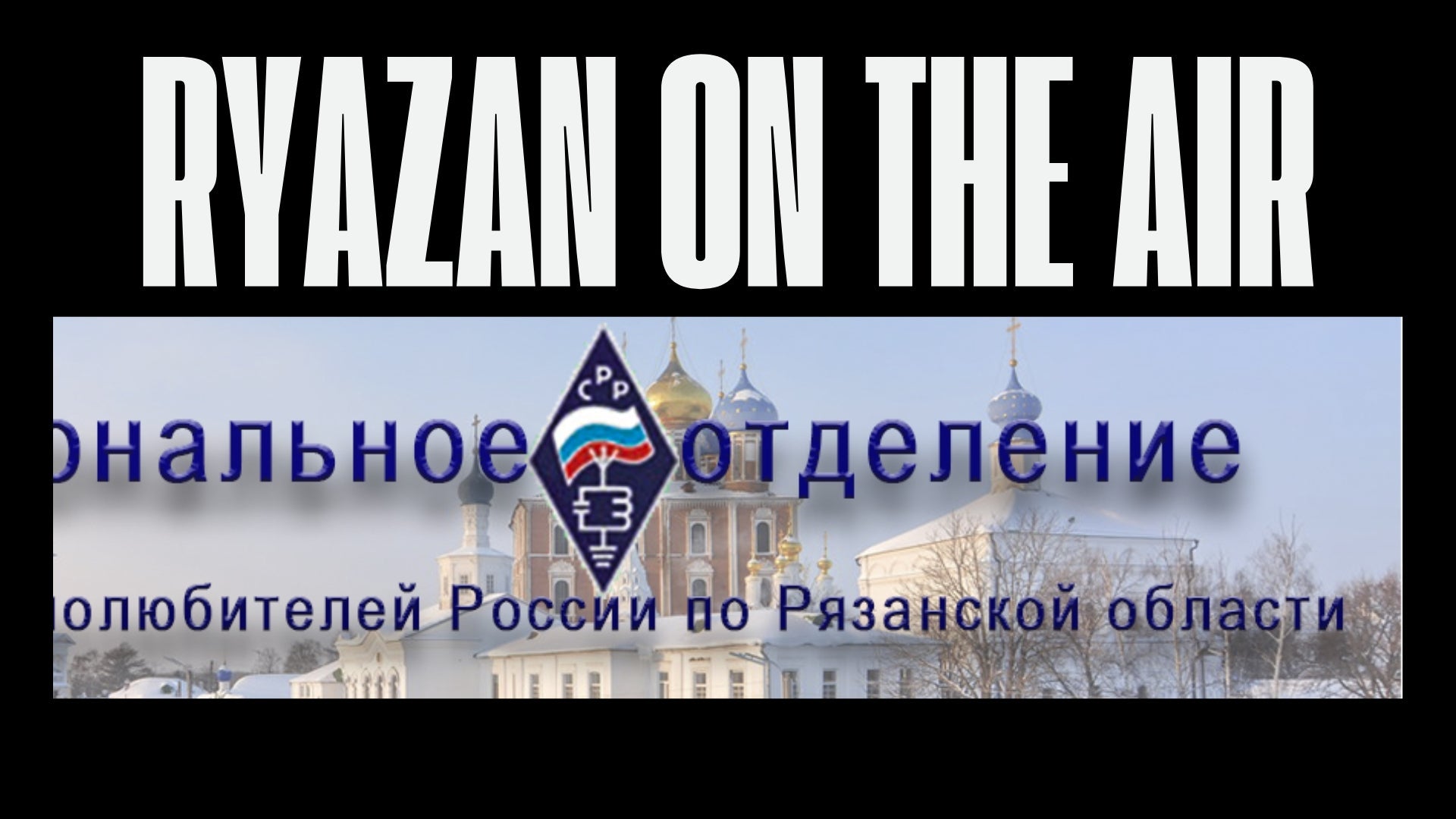
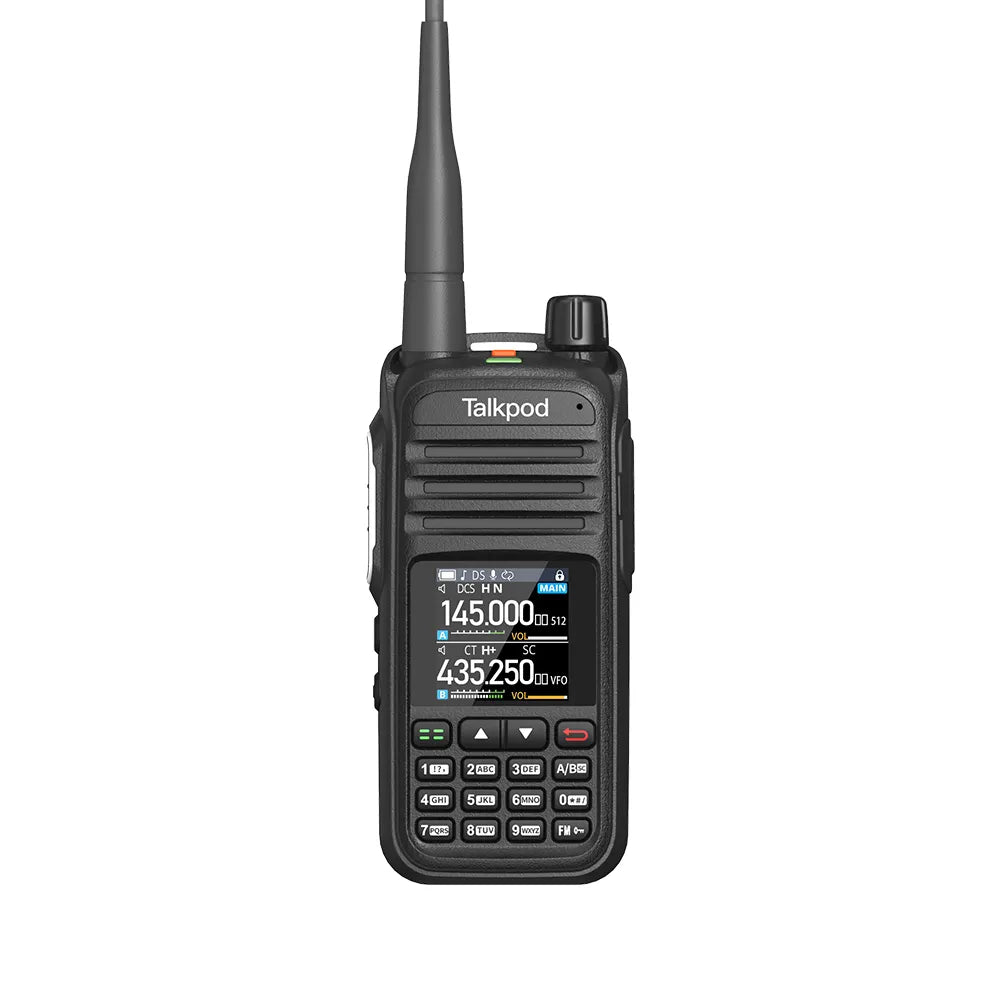
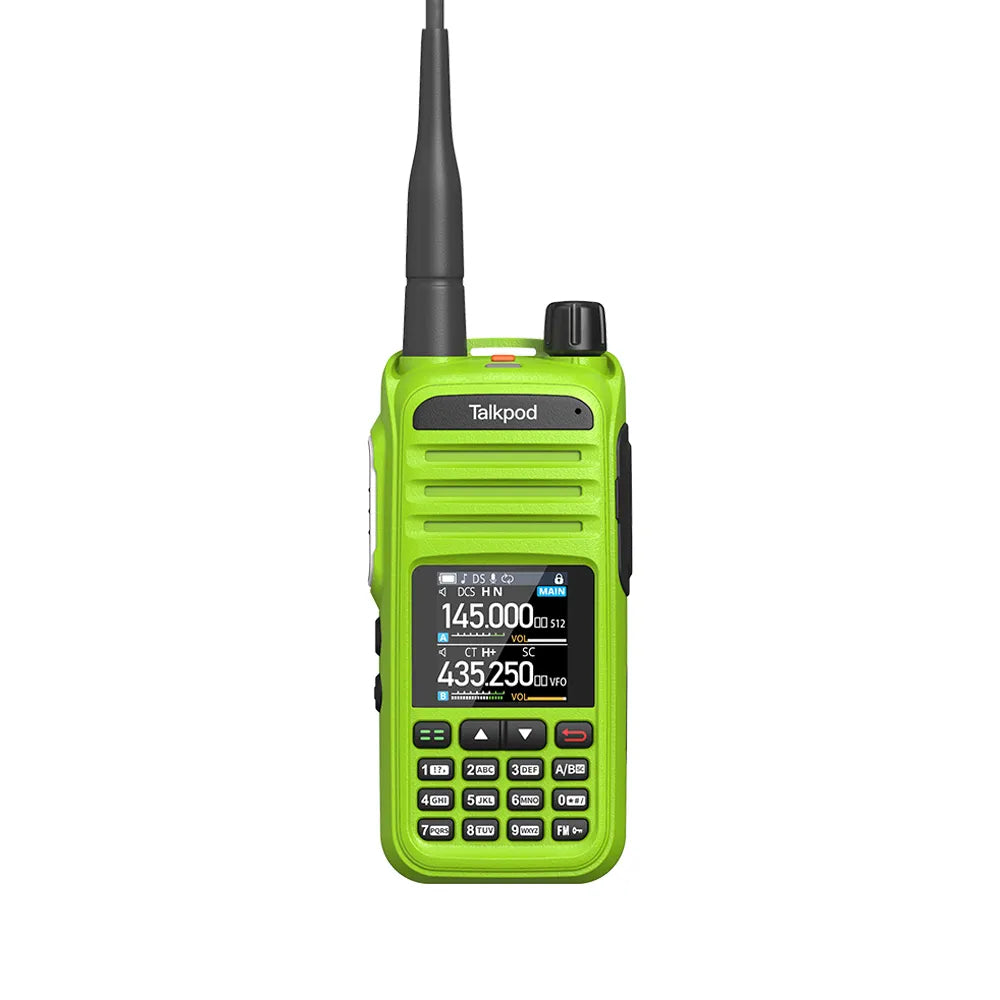
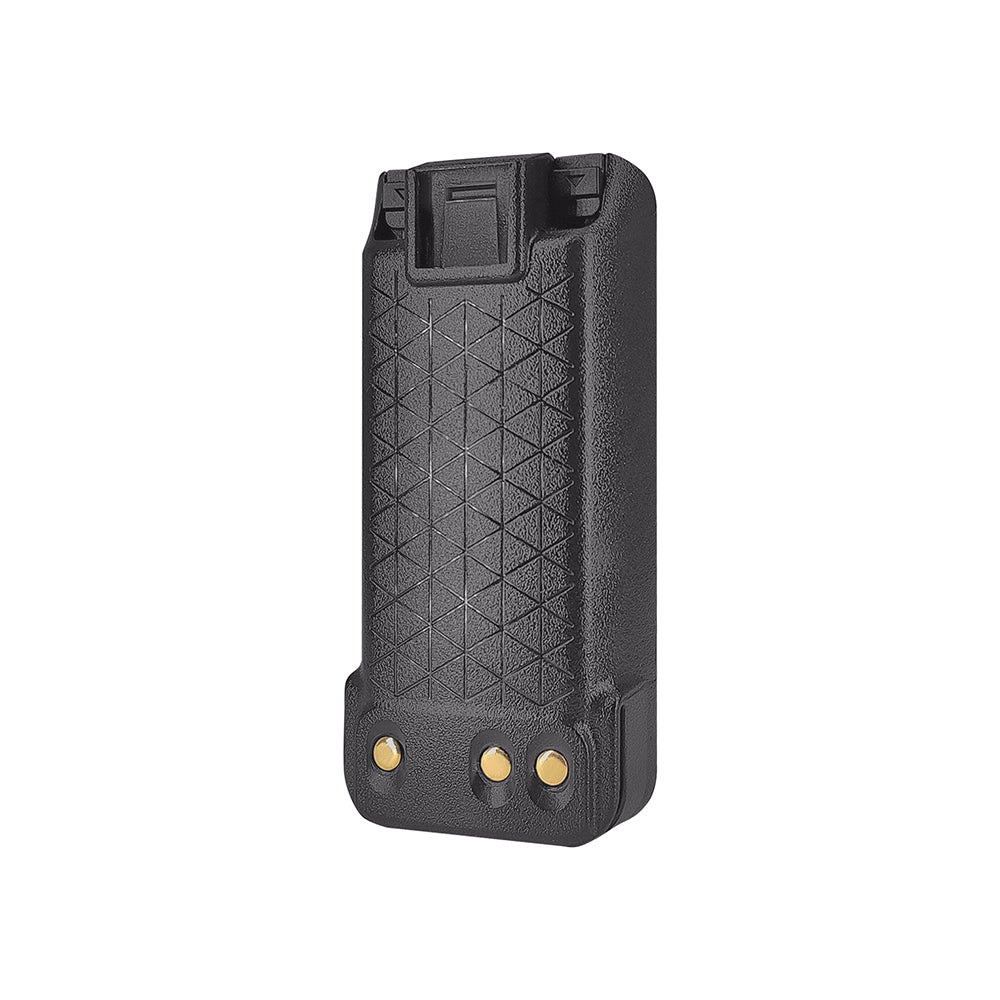

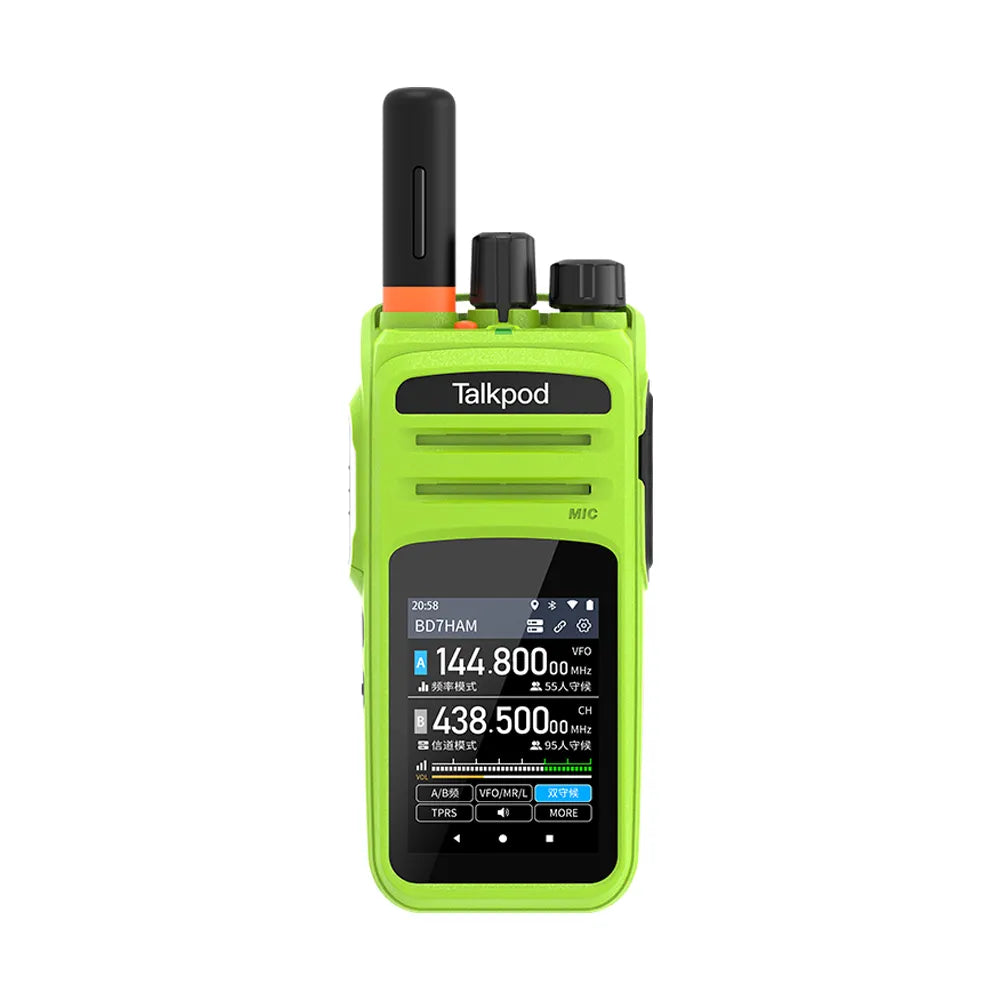
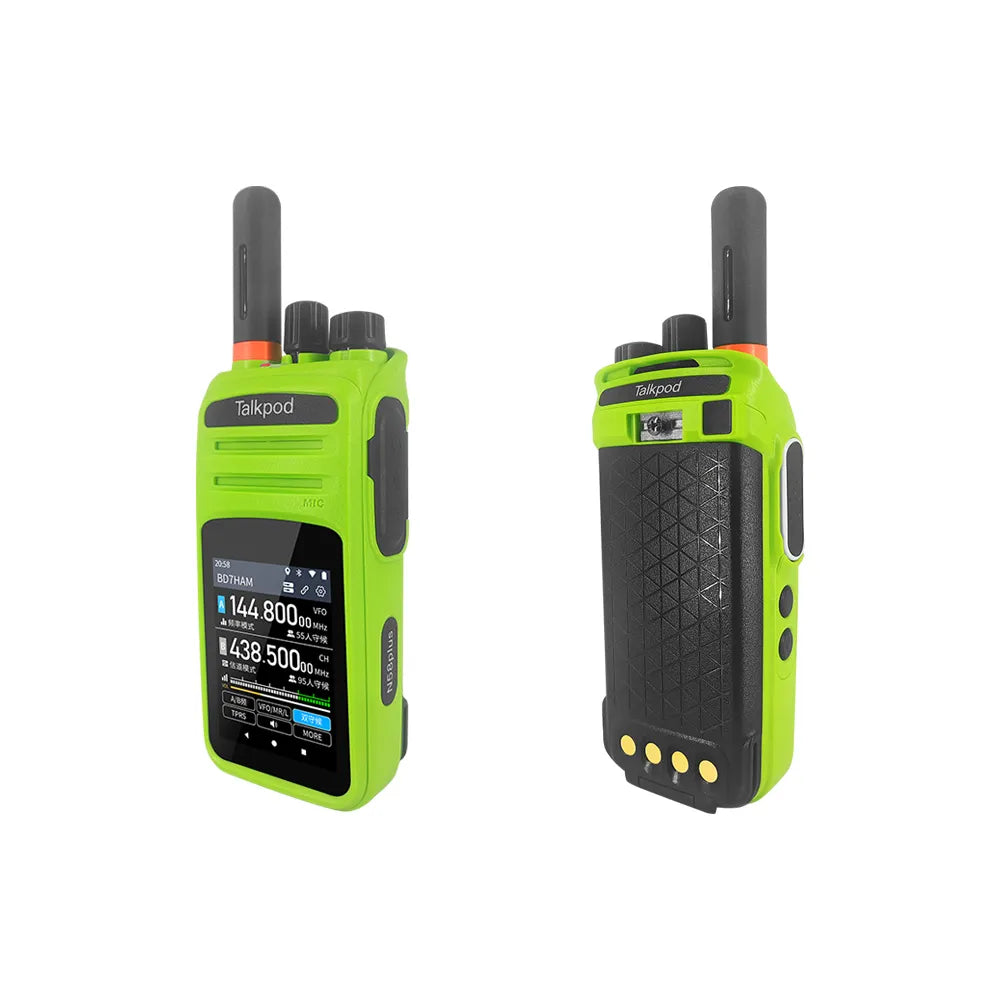
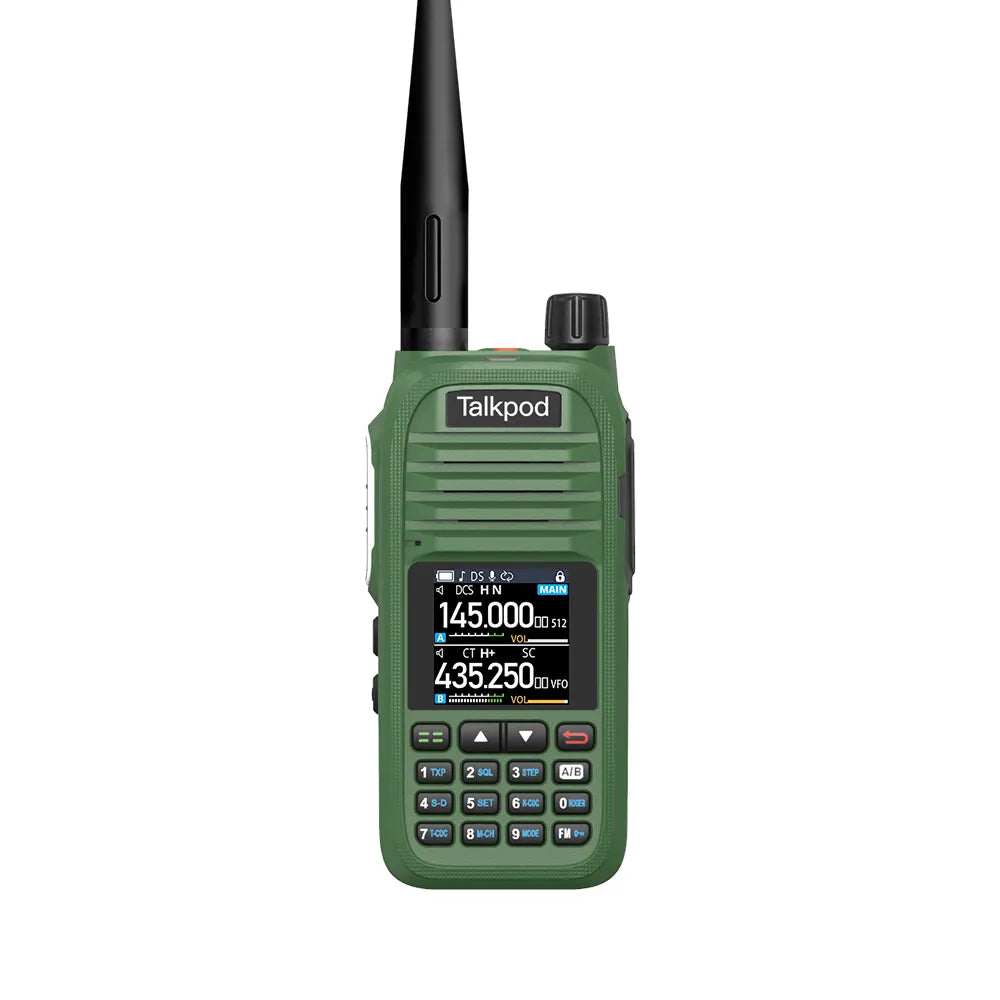
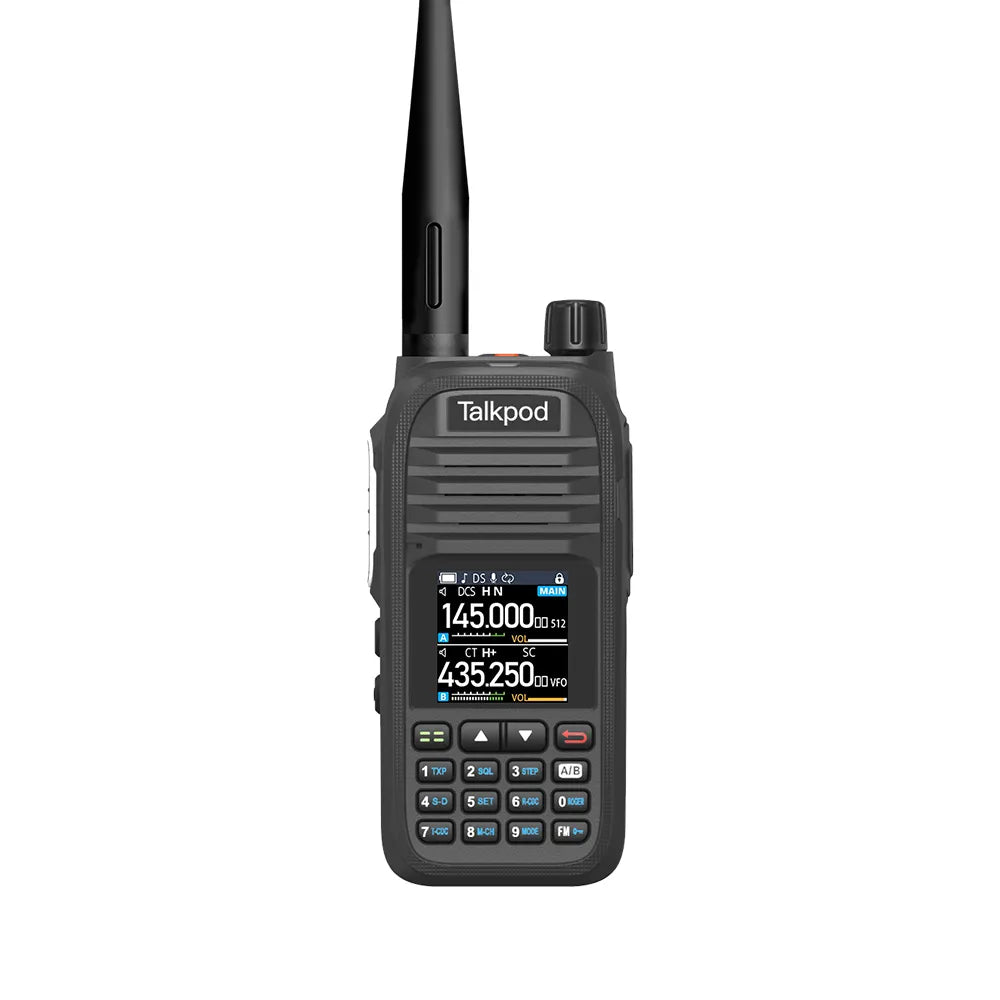
Leave a comment
All comments are moderated before being published.
This site is protected by hCaptcha and the hCaptcha Privacy Policy and Terms of Service apply.